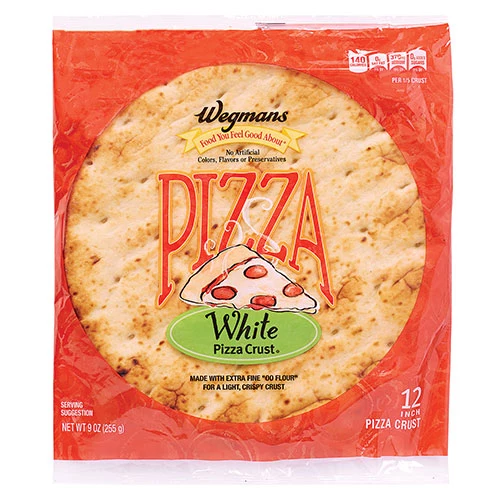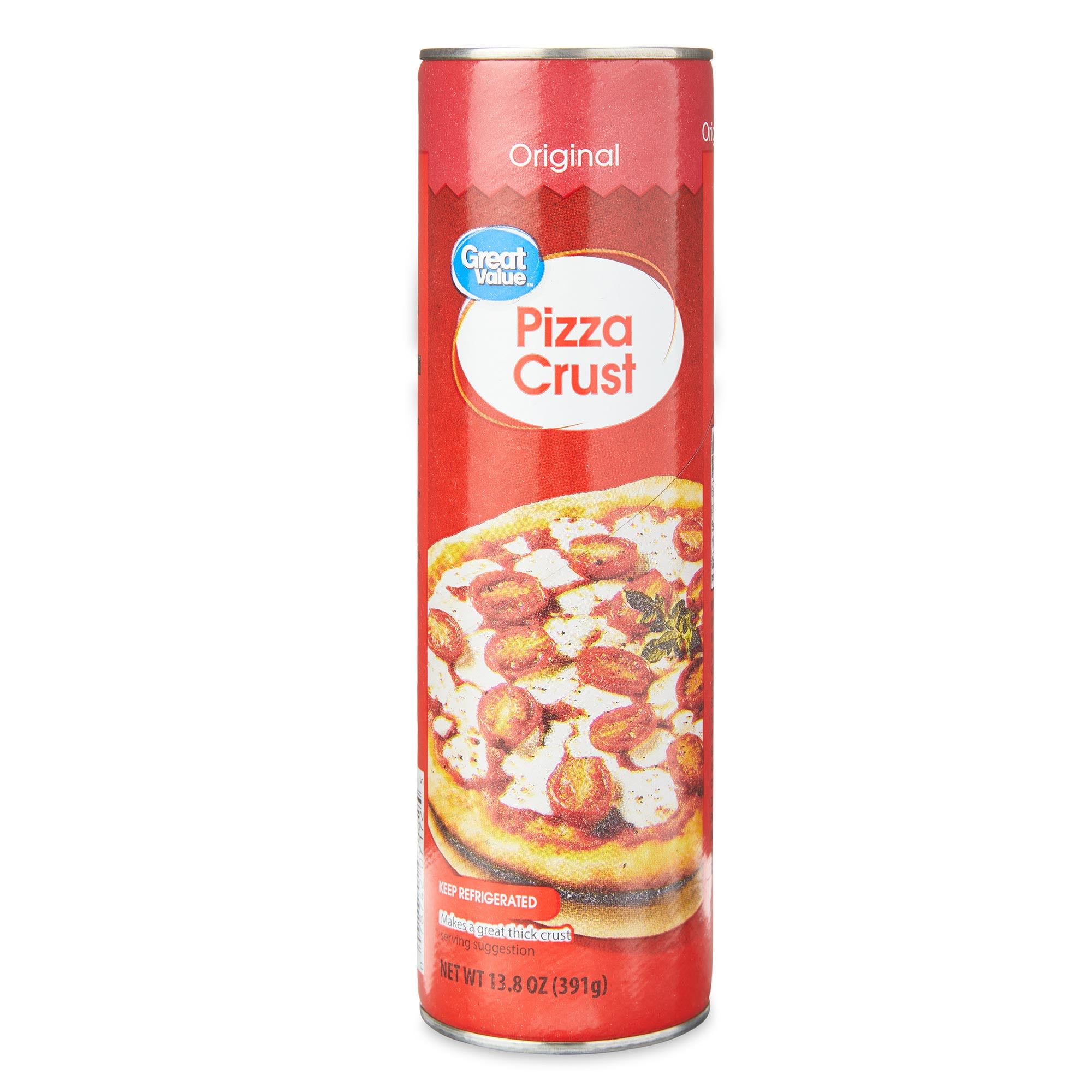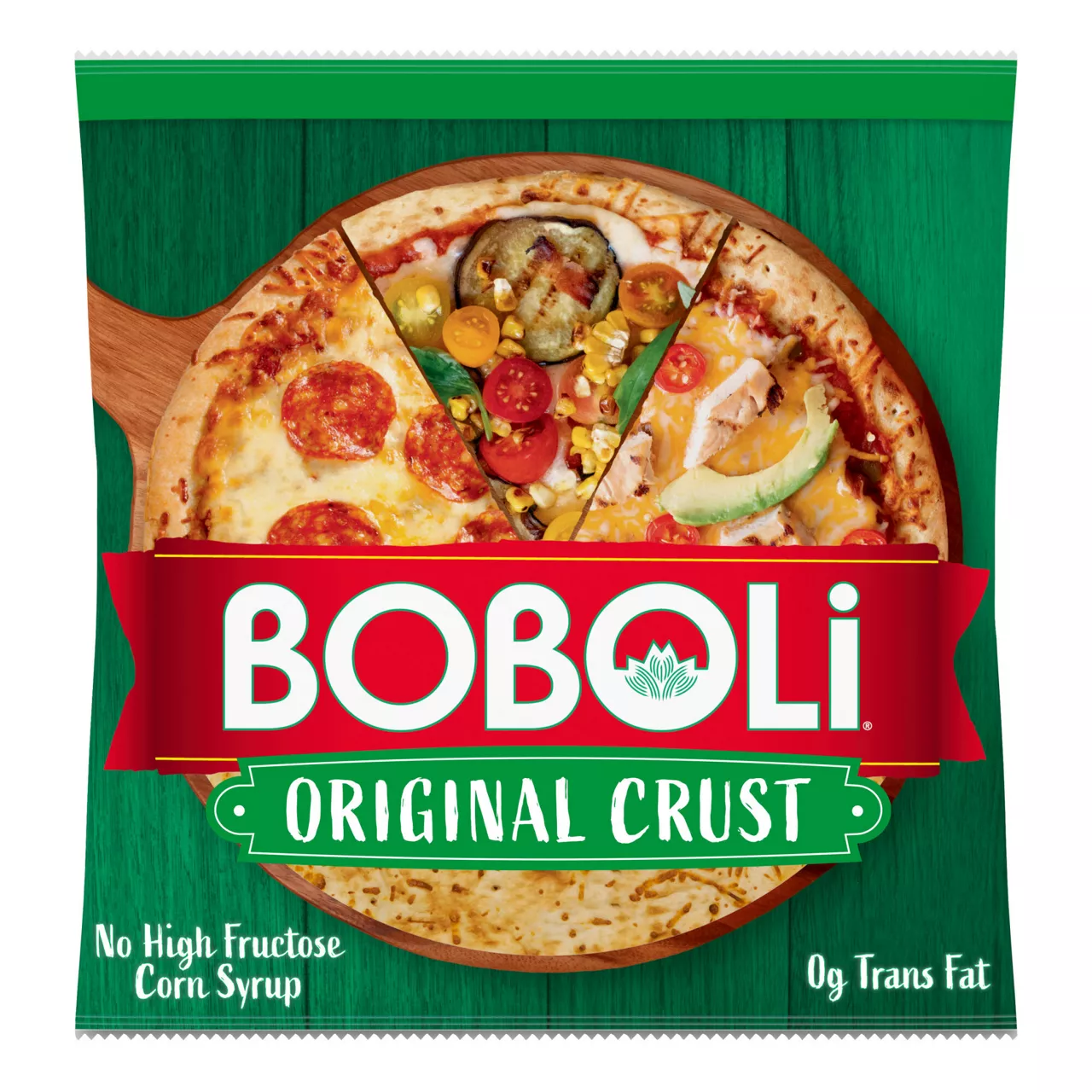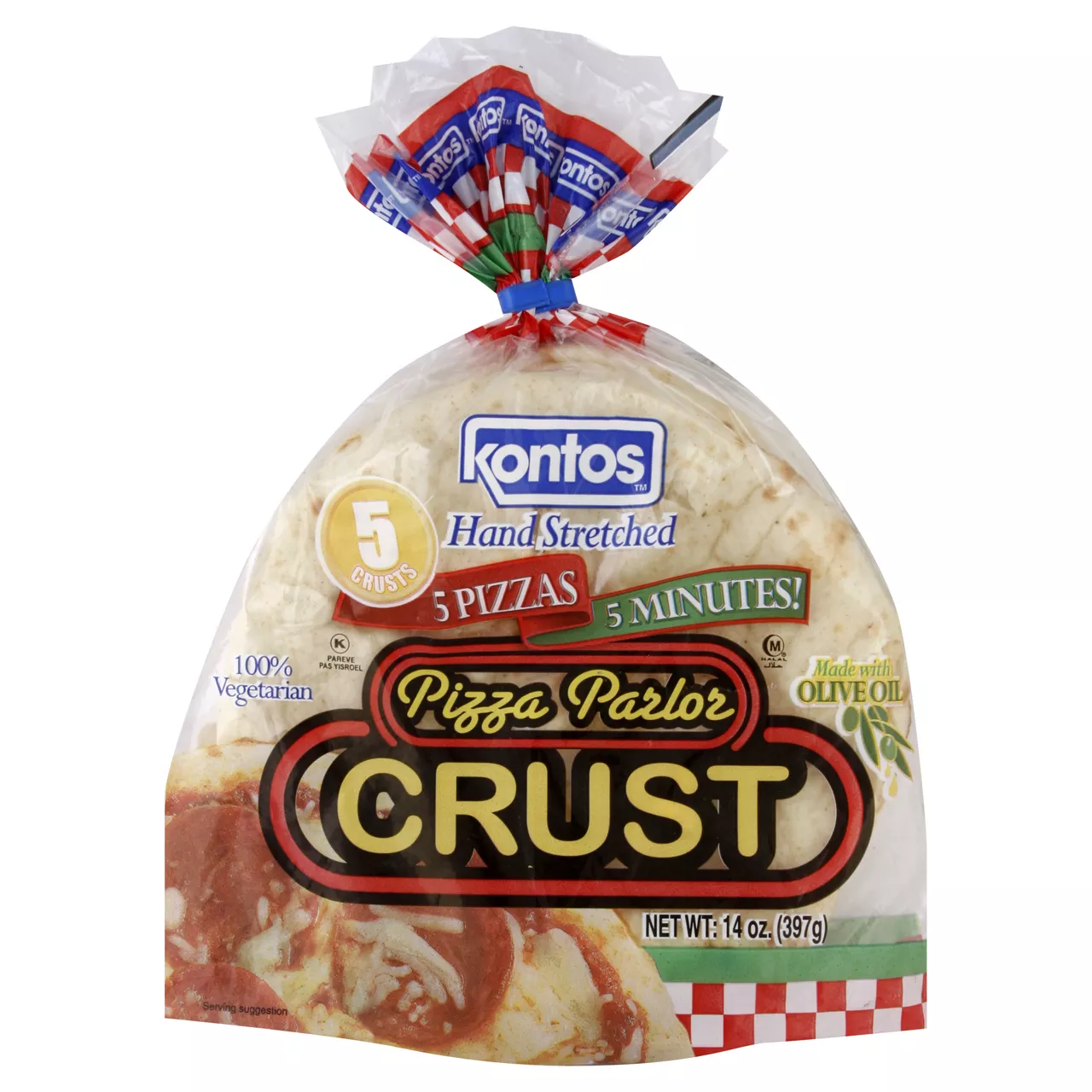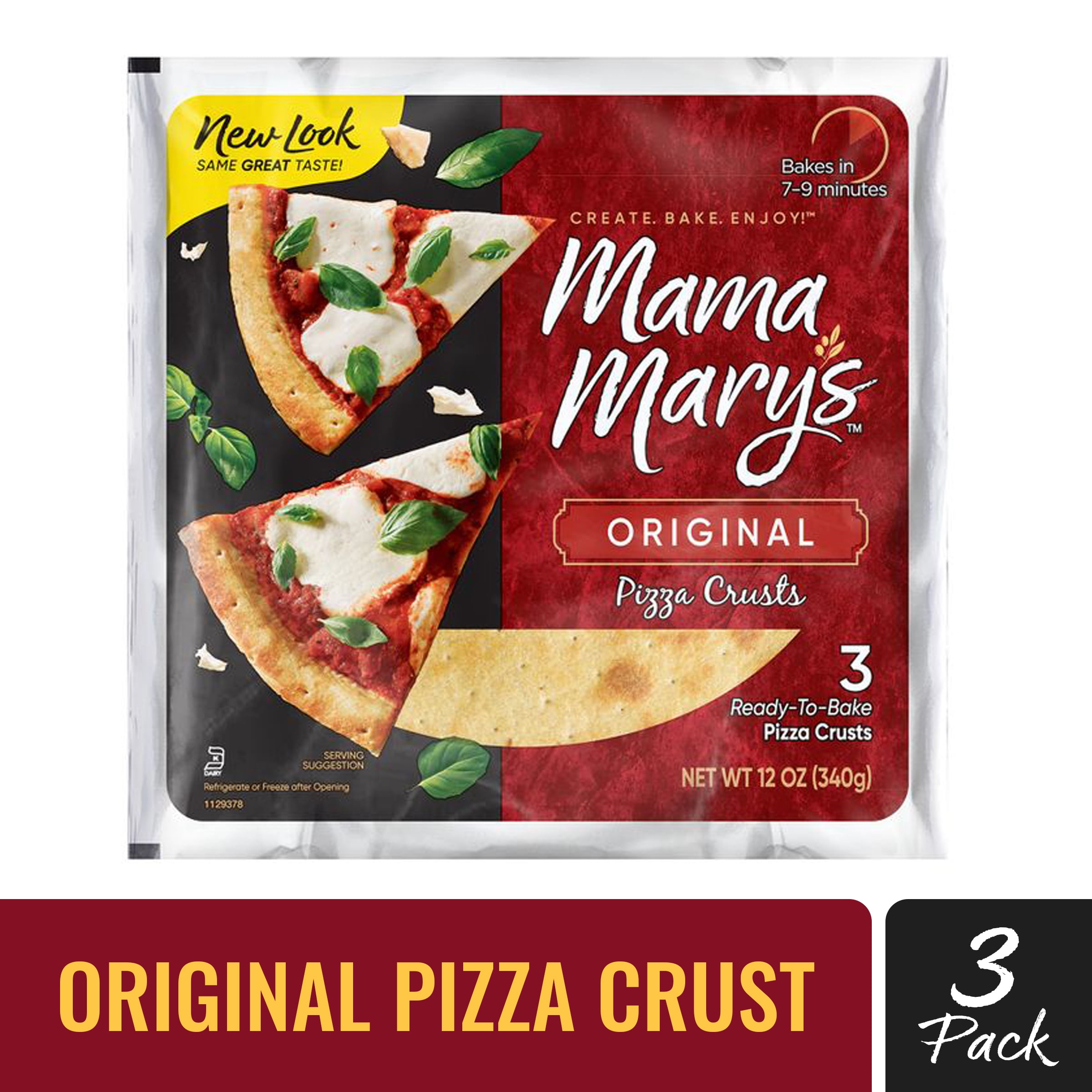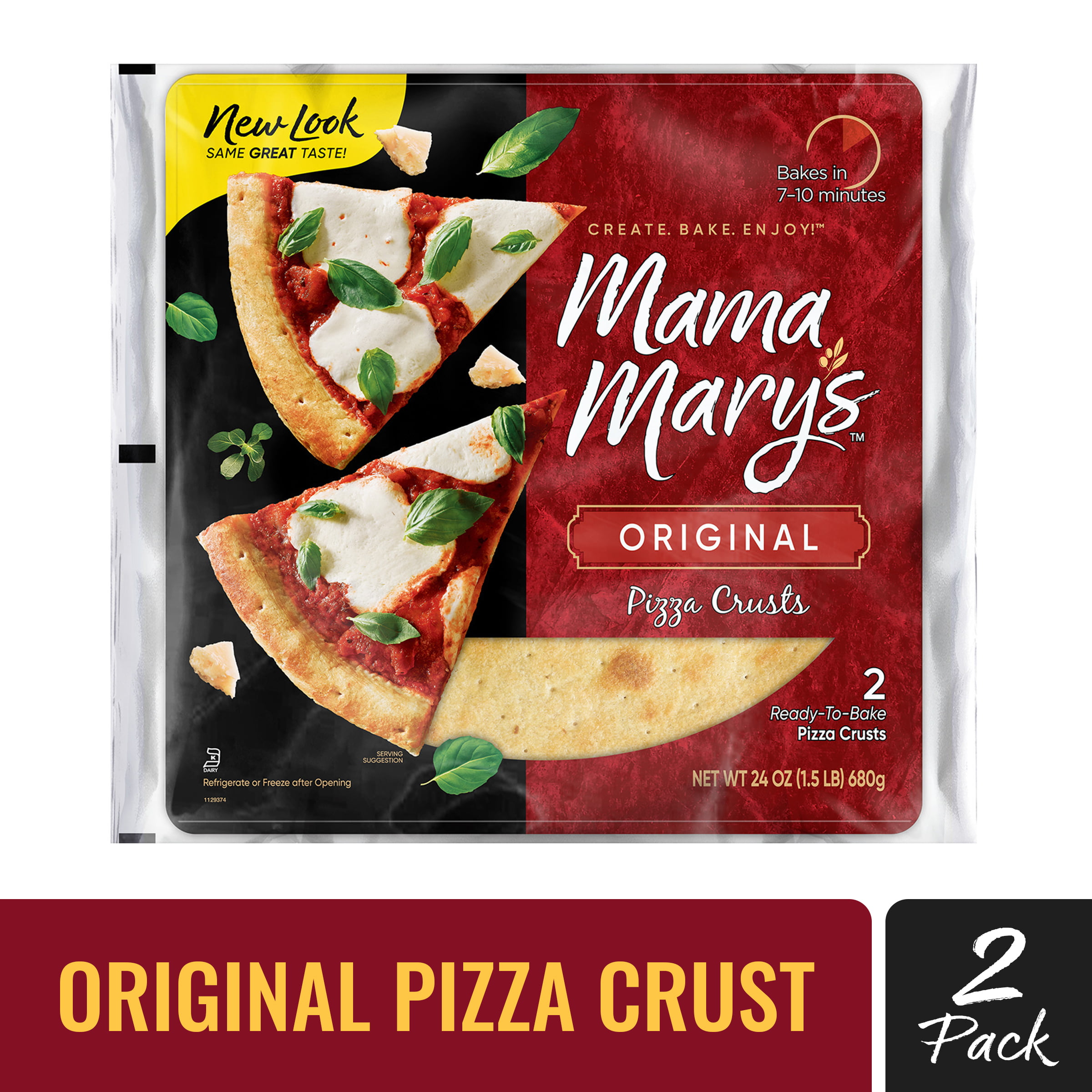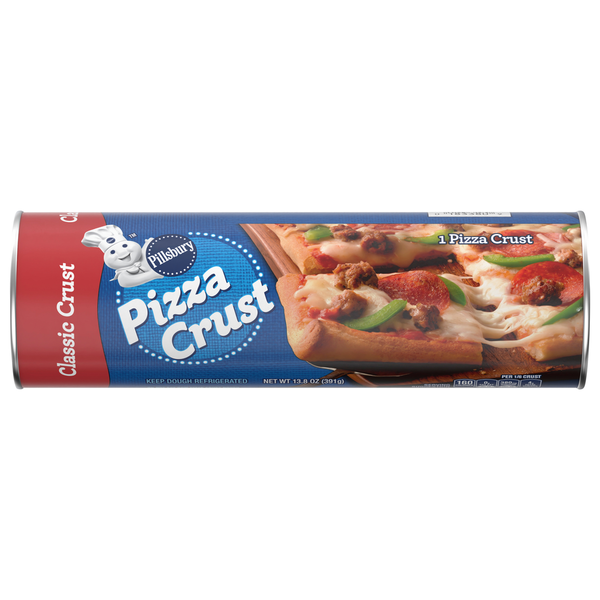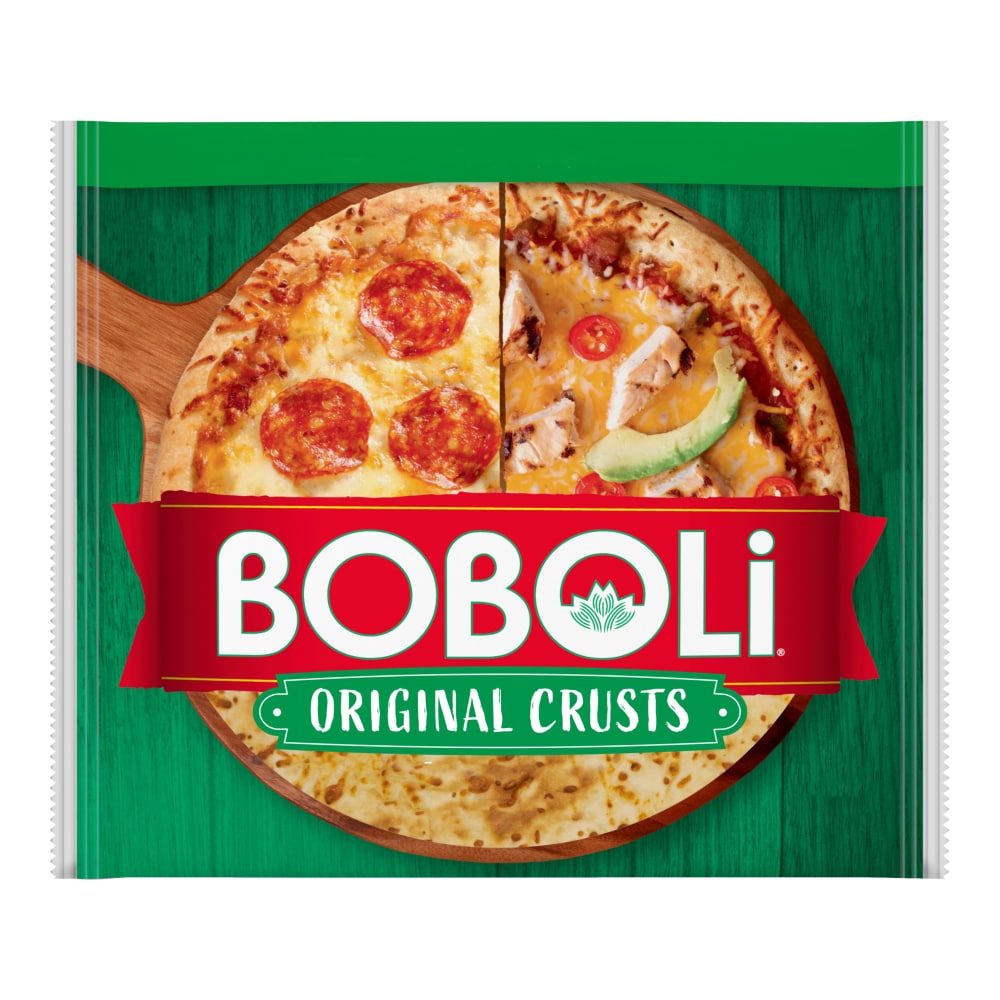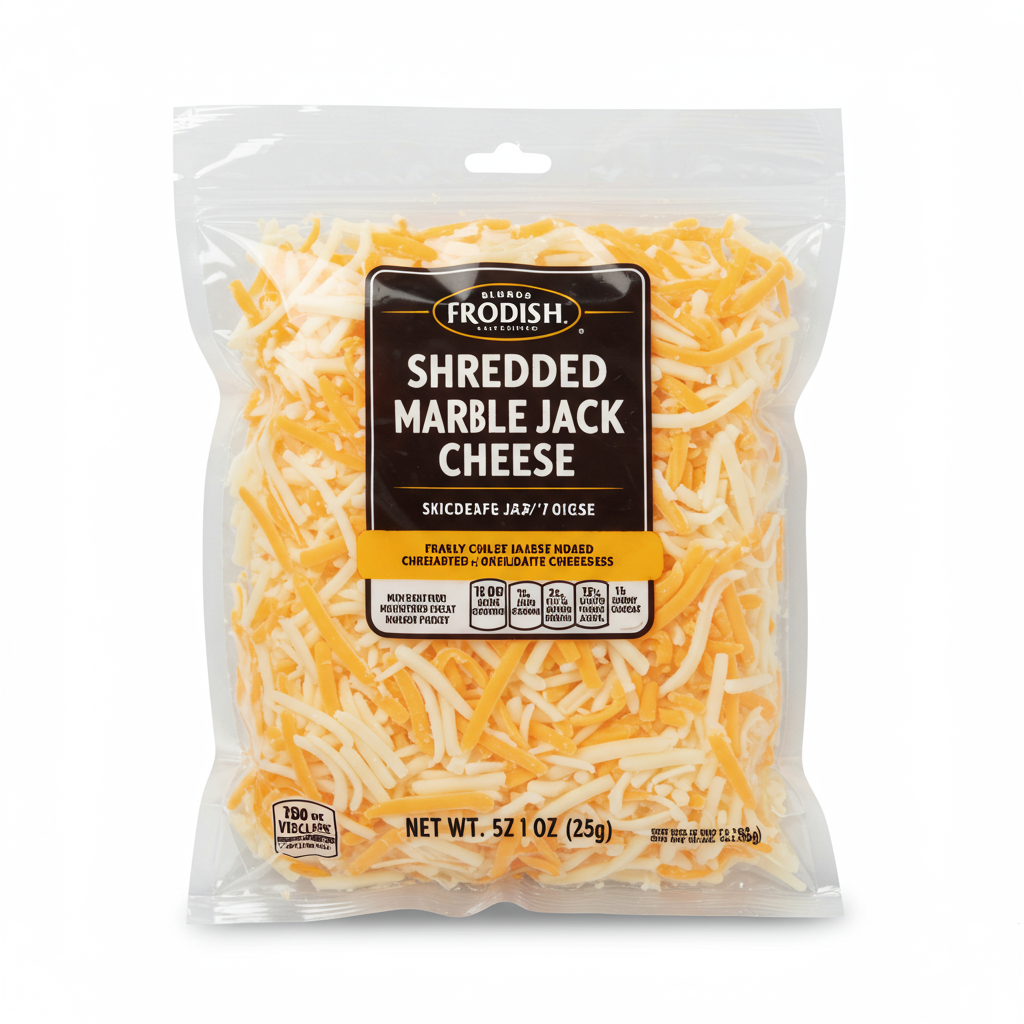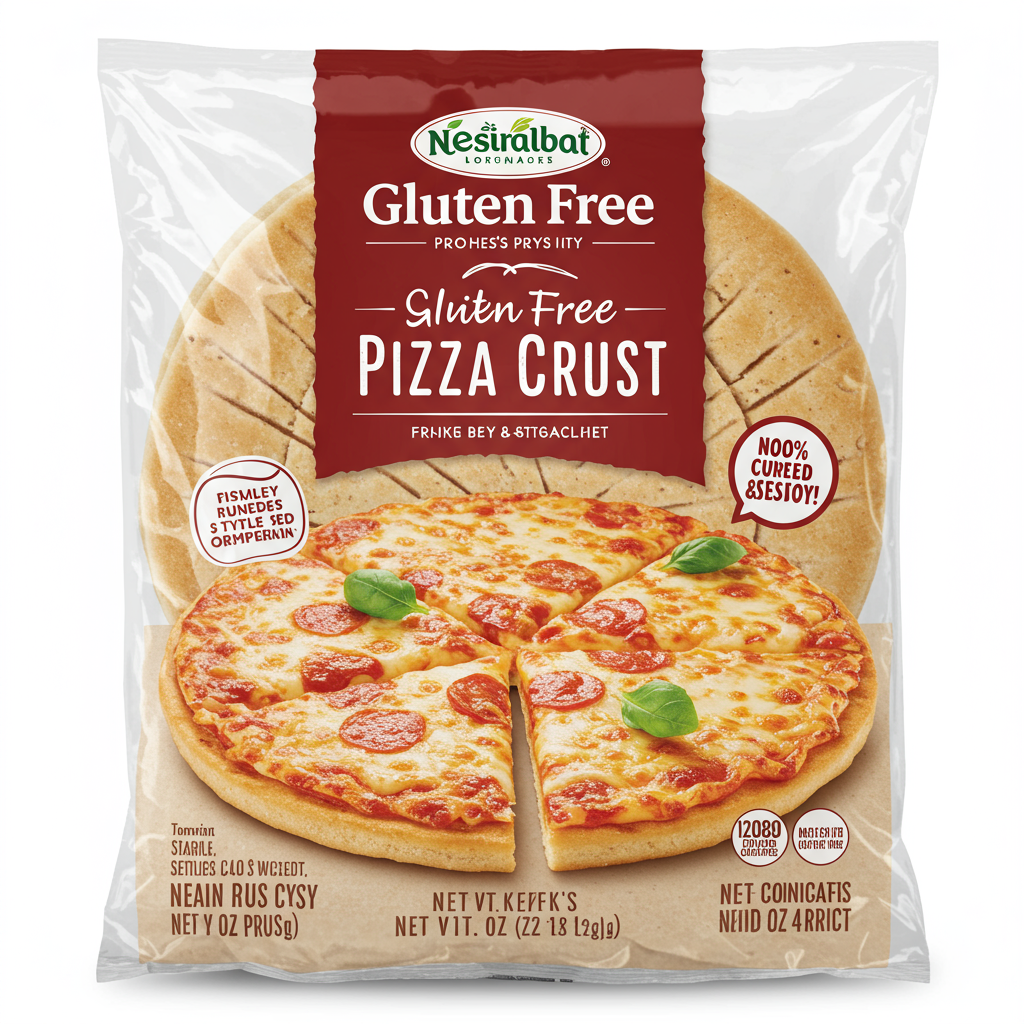BREADS
Pizza Crust
Pizza crust, the foundation of every pizza, plays a crucial role in the overall taste and texture of this popular dish. It is made using a simple mixture of flour, water, yeast, salt, and sometimes sugar and oil, which is then allowed to rise before being rolled out, shaped, and baked. There is a wide variety of pizza crusts available, including thin and crispy, thick and fluffy, and stuffed crust, all providing a unique base for a delicious array of toppings.
In addition to offering variations in thickness, pizza crust can also feature different types of flour, such as whole wheat, gluten-free, or even cauliflower and alternative grains, catering to different dietary preferences. Whether homemade or store-bought, pizza crust allows home cooks and consumers to get creative with their pizza-making endeavors, exploring countless flavor combinations and personalizing the dining experience to their liking.
56%
CARBS
24%
FAT
20%
PROTEIN
596 Pizza Crust Products
Wegmans White Pizza Crust, 12 Inch
Great Value Pizza Crust, Whole
Boboli 12" Original Pizza Crust, Personalize Pizza Night
Kontos Pizza Parlor Crust
Mama Mary's Original Pizza Crusts
Mama Mary's Original Pizza Crusts
Pillsbury Pizza Crust, Classic Crust
Mia 3pk 7" Oven Fired Pizza Crusts
Boboli Pizza Crust, Original, Mini
Mia Oven Fired Pizza Crust, Original, 2 Count
Used In 27 Recipes
1
Touchdown Buffalo Chicken Flatbreads
2
Gourmet Mushroom, Spinach, and Garlic Pizza
5
Mozzarella-Stuffed Pepperoni Pizza Rolls
4
Smokey Grilled Flatbread with Tangy BBQ Chicken, Mini Bell Peppers and Crispy Bacon
4
Sizzling Taco Pizza
1
Fiery Buffalo Chicken Pizza
4
Irresistible Traeger Smoked Pizza
5
Finger-Licking Buffalo Chicken Mini Pizzas
Pizza Crust Is Frequently Used With
Pizza Crust FAQ
Cooking with pizza crust doesn't have to be intimidating, even when it's homemade. It's commonly believed that achieving the perfect crust requires a pizza stone and a high-temperature oven, which not all have at home. The truth is that a good pan and mid-ranged oven could do the trick.
Where people typically go wrong with pizza crust is in the yeast handling procedure. Too much yeast or letting the dough prove too long can lead to an overwhelmingly yeasty flavor and an unpleasantly dense texture. When it comes to store-bought crust, over or undercooking it is a usual mistake, resulting in a too soft or too crispy crust.
To make the most of a pizza dough, proofing and rolling it correctly is important. It should be kneaded until it just becomes pliable, and then left to proof. For rolling, work from the center outward to get a uniform thickness. With store bought pizza crust, let it come to room temperature for easy handling and better baking.
Including a bit of sugar in the dough recipe can help to achieve a lovely golden brown crust. If you're looking to experiment, adding seasonings like garlic powder or dried Italian herbs to the dough can yield interesting flavor results.
How do I make my pizza crust softer?
Why is my homemade pizza crust so hard?
Why is my pizza crust not crispy?
Is pizza dough and bread dough the same?
How do I make my pizza crust brown and crispy?
Can you over knead pizza dough?
Why did my pizza crust turn out chewy?
Can I use self-rising flour for pizza crust?
Why didn't my pizza dough rise?
Why does my pizza crust taste bland?
Expiration & Storage Tips
When does pizza crust expire?
Unopened store-bought pizza dough can last in the fridge for about 1-2 weeks past the printed date, and in the freezer for about 1-3 months. Once opened, it's best to use it within 3-5 days if refrigerated. Homemade pizza dough can last in the fridge for about 3 days, while in the freezer it can last up to 3 months.
How do you tell if pizza crust is bad?
There are several signs to look out for to identify a spoiled pizza crust. One is if it develops an off smell or if mold areas start to form anywhere on the crust. Another sign is when the texture changes, if it feels too squishy, sticky, or hard, it might be time to toss it out. Any change in color where it's turning a greenish or gray tone is a surefire way to tell that your pizza dough has gone bad.
Tips for storing pizza crust to extend shelf life
• Keep your pizza dough in an airtight container or a sealed plastic bag to retain moisture. If it dries out, it becomes hard and unusable.
• If you intend to use it within a few days, store the dough in the fridge. For longer periods, keep it in the freezer.
• If freezing, divide the dough into portions suitable for one pizza. This way, you only need to defrost the exact amount needed.
• To defrost frozen pizza dough, transfer it to the refrigerator for about 12 hours. Let it then rise at room temperature for about 2 hours before shaping it.
• Flour your hands and the dough lightly before handling to make it less sticky and easier to work with.
EXPIRES WITHIN
11 - 29
DAYS
Equivalents
Substitutes

Wheat Pizza Crust

Cauliflower Pizza Crust

Multigrain Pizza Crust

Thin Pizza Crust

Naan

Wheat Pizza Dough

Flatbread Pizza Crust

Wheat Flatbread

Garlic Naan

Multigrain Flatbread
See All
Health Info
Macros
24g
CARBS
10g
FAT
8g
PROTEIN
Allowed on these diets
LOW FAT
HIGH CALCIUM
VEGETARIAN
VEGAN
LACTOSE FREE
Contains these allergens
WHEAT

